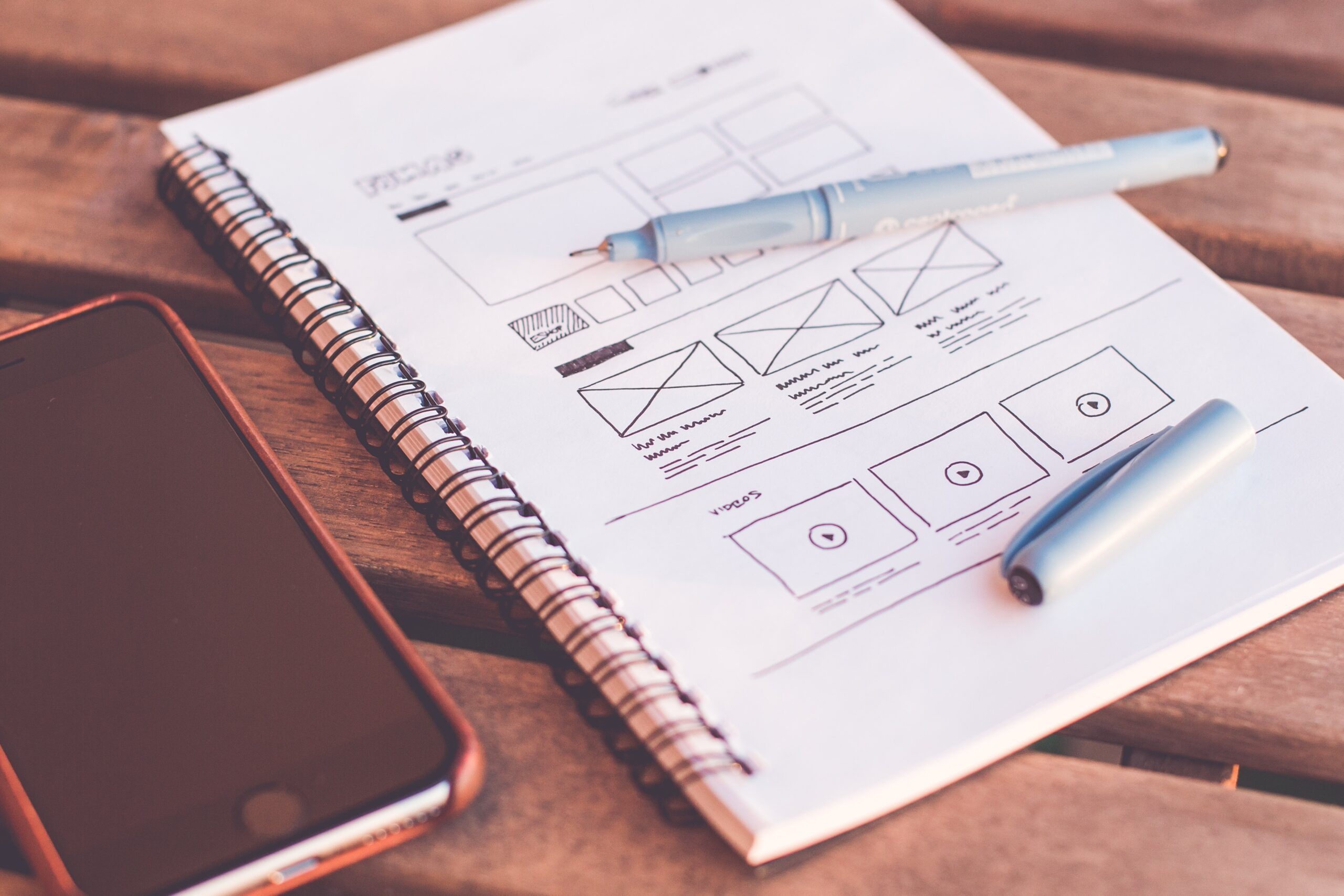If you’ve been noticing a decline in the traffic to your website that could mean it’s time for a redesign.
I know what you’re thinking – that’s a lot of work, and you don’t have time for that. But don’t underestimate the impact your online presence can have on your audience. Your website is often the first impression you’re making to a customer. You need to be putting your best foot forward so that they know you’re a reliable company that they can trust.
Here are some signs that indicate it’s time for a website redesign:
Your website looks outdated.
The 2010s called, and they want their website design back.
Let’s face it: everything goes through trends during the years – fashion, art, food, you name it. Websites are no exception.
If you haven’t touched your site in the last 5-10 years, it’s probably time to redesign it. A lot has changed in the last decade. Websites are expected to be mobile-friendly, users expect better design and functionality, and they want information quickly. If your website doesn’t look like it has been kept up-to-date, people will assume that it isn’t trustworthy and that, in turn, you’re not trustworthy.
It’s not responsive.
What is responsive design?
Responsive web design is a technique for creating websites that can adapt to the device they’re being viewed on. This means that instead of having multiple versions of your site for different devices, you have one version that adjusts its layout based on screen size and orientation.
Not having a responsive website is a big red flag for a lot of users, especially if your target audience skews under 35. Most users are browsing on their mobile devices, and if your site isn’t compatible with their device they’ll move right along to your competitor.
The user experience isn’t great.
Think about how much patience you have when it comes to hard-to-use websites. Now, assume your customers have about half of the patience you have.
If your website is slow, hard to use or difficult to navigate, that’s a really bad look online. You want visitors who come to your site to be able to easily find what they’re looking for and then leave with a positive feeling about the experience they had while visiting.
If you can’t hook them in immediately with a good user experience, then there’s no way they’ll convert – no matter how good your products or services are.
It doesn’t have a strong visual hierarchy.
Visual hierarchy refers to the way you organize information on your website. It helps users to find what they are looking for and absorb the information more quickly. A strong visual hierarchy makes your site easy to scan and get a sense of what’s important. Because, let’s be honest – very few people are actually reading all of the content on your site.
A good example of this is with navigation menus. If you have multiple levels with many options, it can be hard for people who aren’t familiar with your business or industry to figure out where they need to go next. Which brings me to the next point:
It’s difficult to navigate.
If your navigation is difficult to use, it’s time for a redesign. Website navigation should be clear and consistent across all pages of your site. It should also be easy for users to find their way around the site–not buried somewhere in the footer or hidden behind menus that are only visible when you hover over them.
If you’re planning on adding more content or changing up how things are organized on the page, it will likely require some updates in how your navigation works. The easiest way to make these changes is to invest in a CMS (like WordPress!) that allows you to easily change your site navigation.
The design isn’t consistent with your brand.
You need to assess your website the same way you do when you assess things like product packaging or advertising. Do you see your brand properly represented?
Your brand should have a distinct look. It might be tempting to try something new on your website, like adding some flashy animations, but it’s important to remember that consistency is key when establishing a brand identity that people will recognize and trust.
If every page looks different from the last, visitors won’t know what to expect from one click to another (or even within one page).
Starting a website redesign
Let’s be honest: if you’re reading this, it’s probably because you already know that your website needs an update. You might not have been able to put your finger on exactly what was wrong with it before, but now that we’ve gone over the signs of a poorly designed site and how they can affect your business (or personal brand), it’s clear why updating is worth considering.


